During the winter it is always fun to plan the upcoming summer cruising route. We use harbour books, google, sea charts and other boaters blogs. Marstrand was however found differently. I read a few detective novels of Swedish writer Ann Rosman. She has located her books in Marstrand. I liked a lot her first book Fyrmästarens dotter. Her second book I guzzled down as fast as I could. She has put events around Marstrand island. In addition the main character Karin Adler loves sailing and is living aboard in Marstrand. So we had to check if the visit in Marstrand somehow fits to our cruising route.
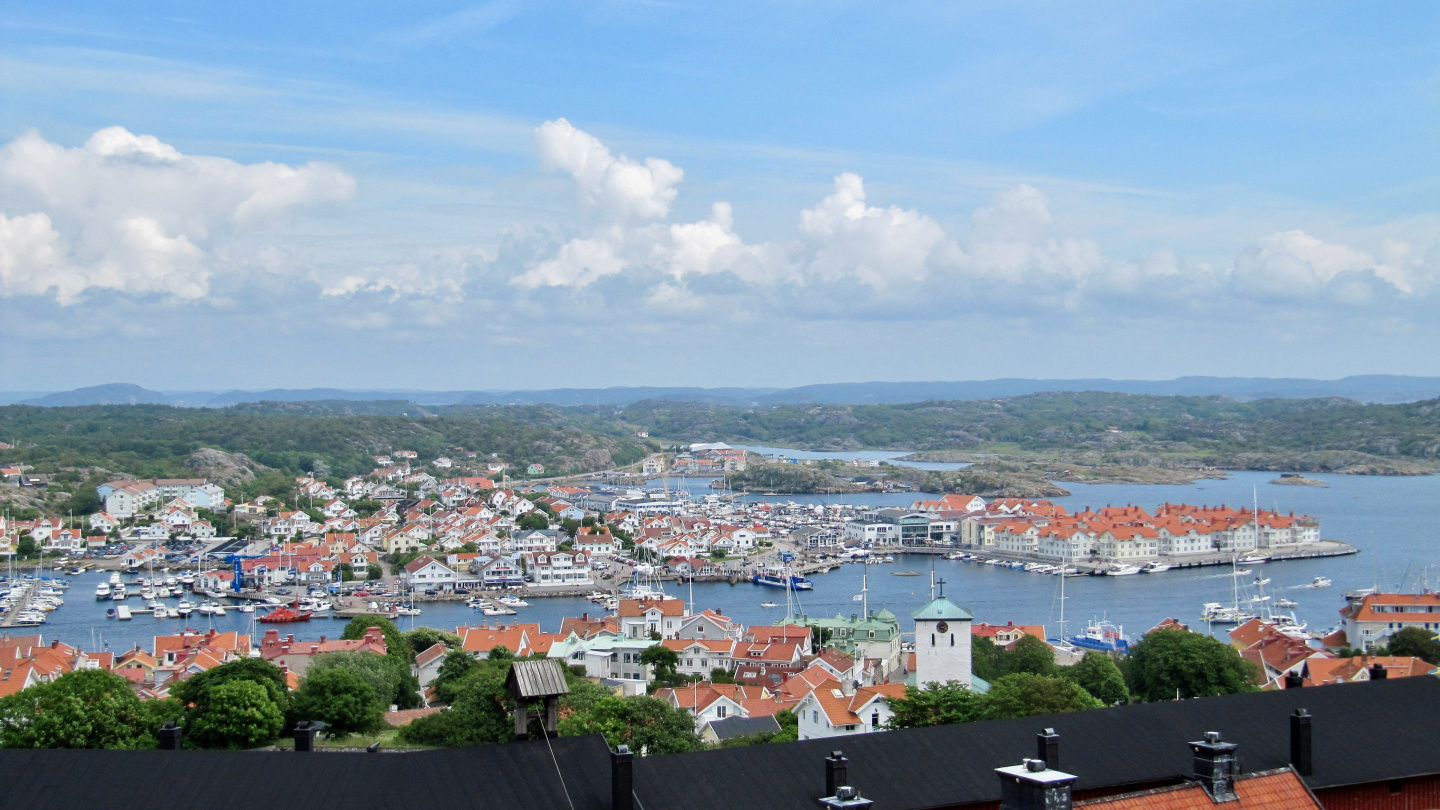
When we got a map of Marstrand from the harbour office I was really surprised to find several places on the real map which Ann Rosman has mentioned in her novels. She had really located the books events into the real environment. Therefore one of the most interesting things in Marstrand was a trek around the island.
The expedition started at first in the fortress of Carlsten that raises above the island. The building of fortress was started by King Carl X of Sweden in 1658 when Marstrand was assinged to Sweden. The fortress was built along several centuries until in 1860 it was announced to be finalized. The fortress had exactly this authentic feeling that we always expect from old buildings. The granaryes, secret passages and cannons bring up the imagination. Climbing up the top of the tower was worthwhile, the view above the island was absolutely stunning.
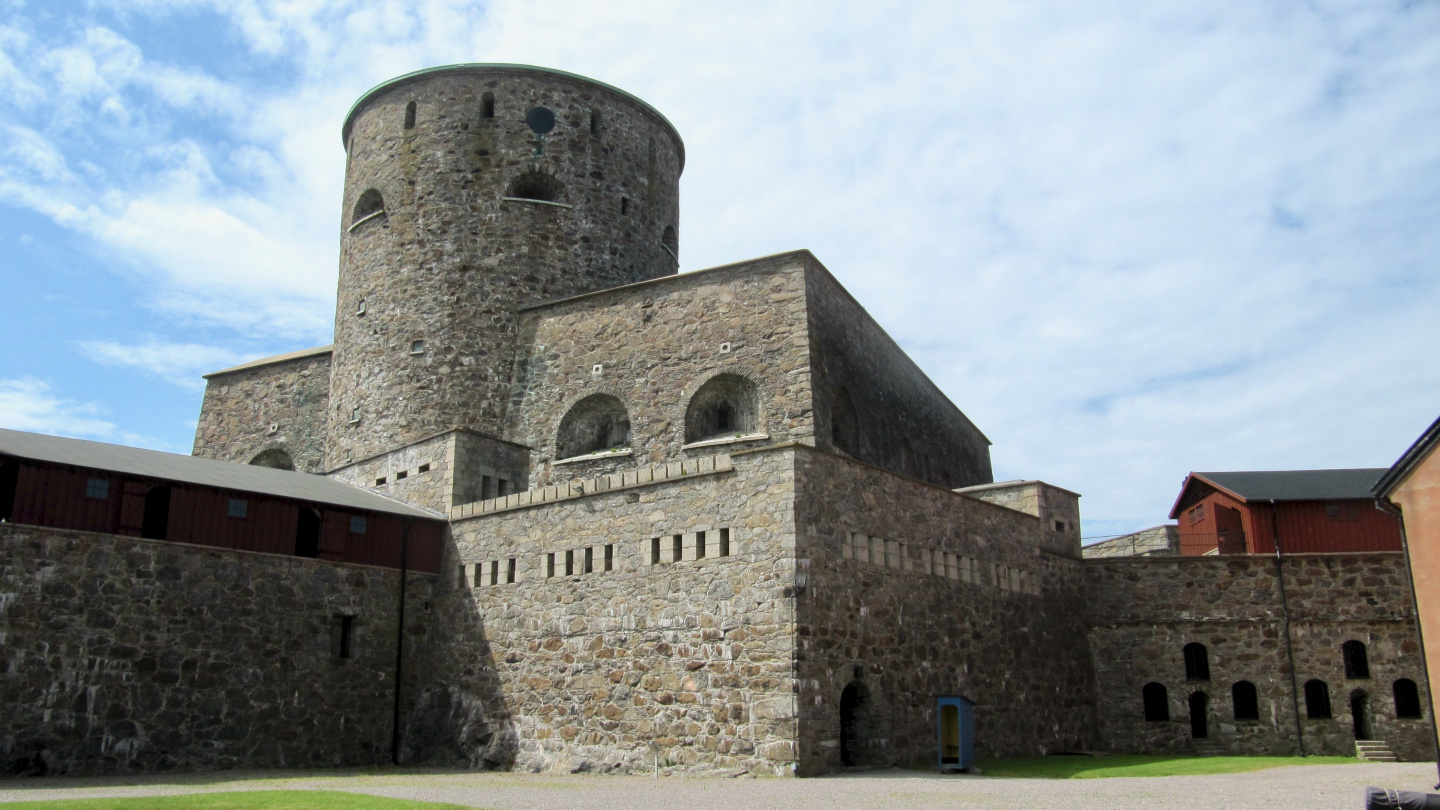
Carlsten’s fortress was at a times mainly built by inmates and the punishment got a name the Work of Marstrand. The most famous of the inmates was a man called Lasse-Maja. He got a title of Grand Thief because after a failed love story with a rich woman he decided to have a revenge on rich people and steal from them. By dressing in woman clothes he was able to confuse his victims. He carried his life sentence in Marstrand starting in 1813. In 1823 he escaped from prison with the proven trick to use the women’s clothes. The desired freedom was short and back in prison he was noted as excellent cook and was transferred from construction to kitchen work. Probably these gourmet skills helped him out of the prison in 1839 when the king himself pardoned him after the 26 years of imprisonment. Lasse-Maja with his real name Lars Larsson Molin had even time to write his autobiography that was one of the bestsellers in Sweden in the 19th century. He is so famous in Sweden that there is even a feature film about him. The ferry and one of the restaurants in Marstrand carry his name as well.
After fortress we continued to the nature trails going around Marstrand. The island is surprisingly hilly and we had our share of climbing up and down.
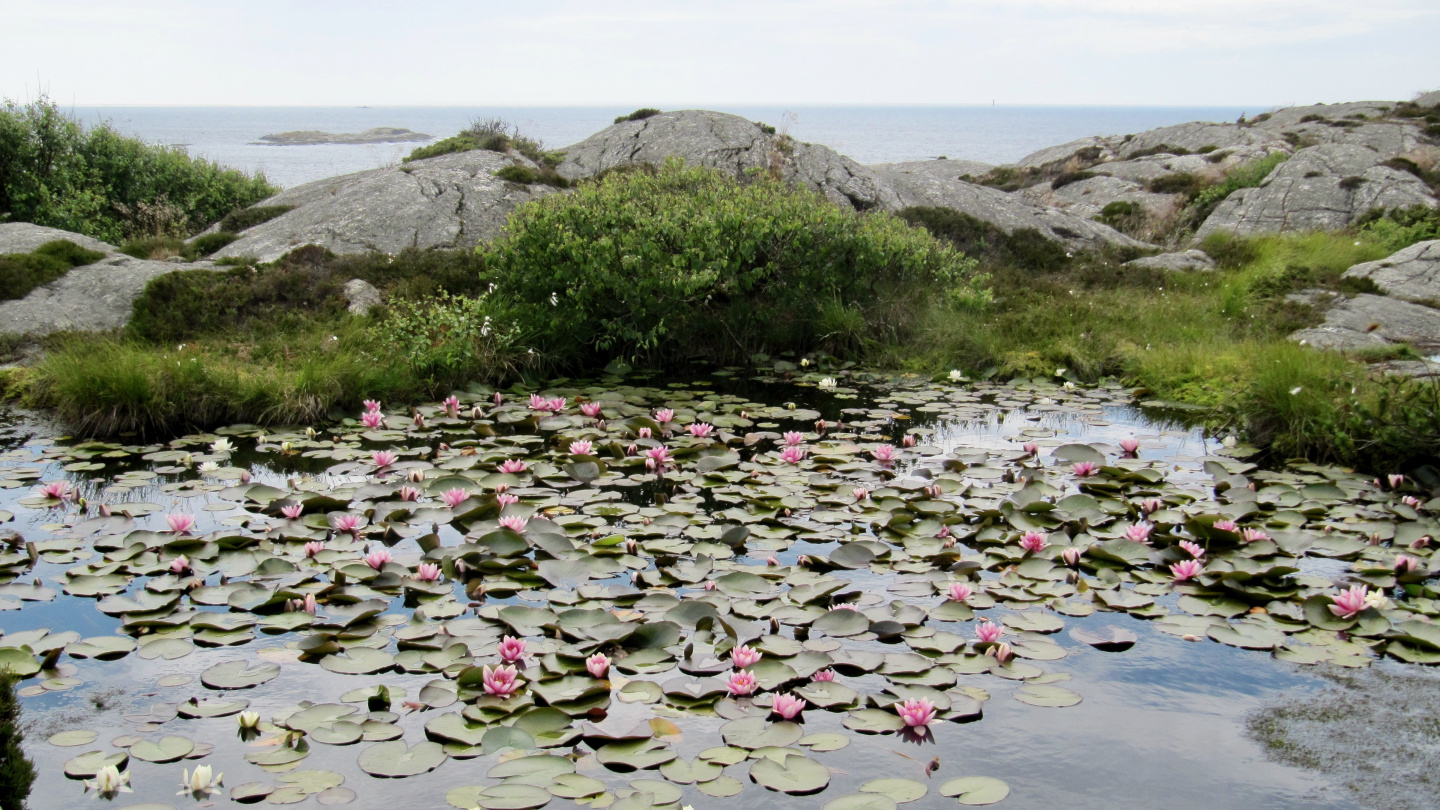
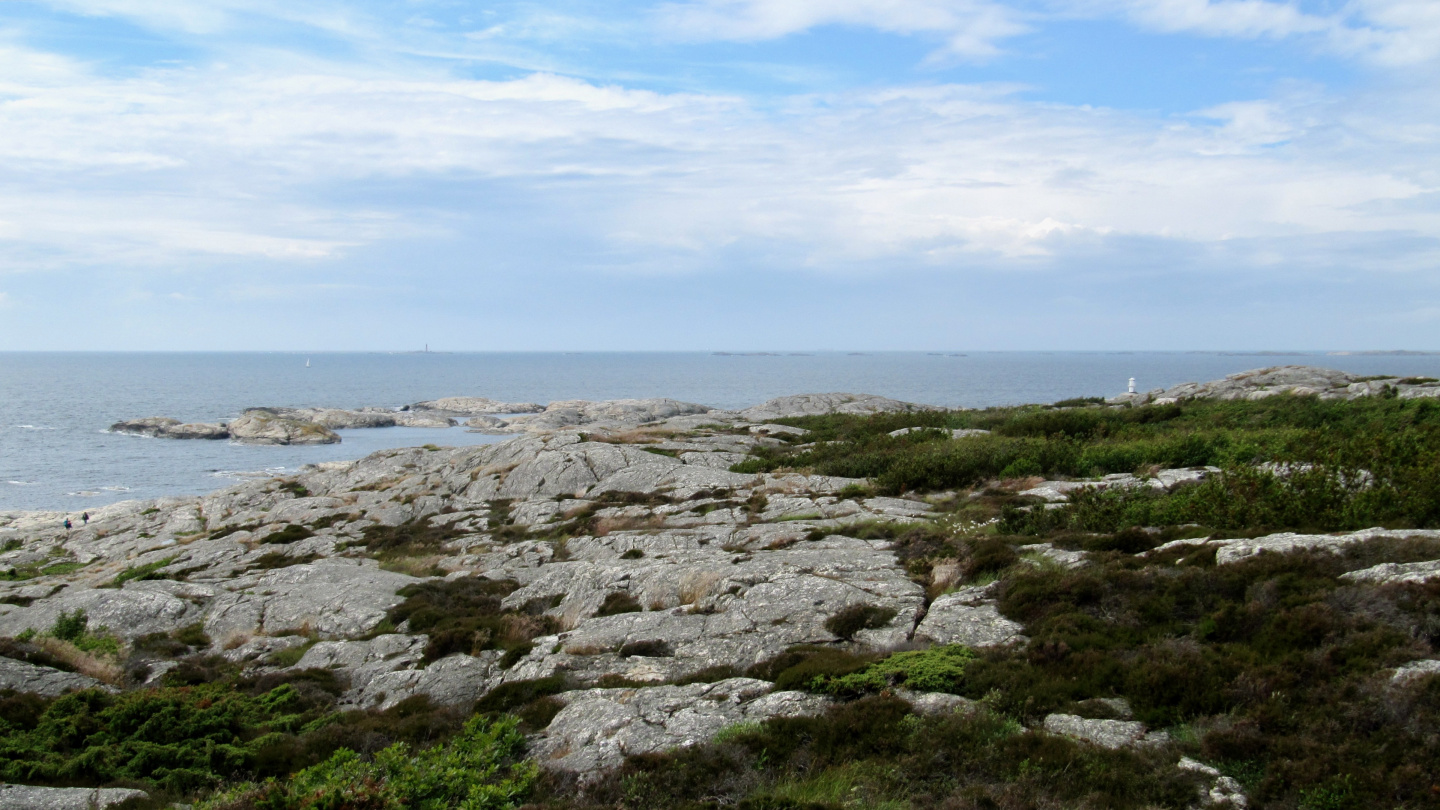
The first and the most important exploration target was a sacrificial stone and its blood groove. It is believed that the groove was used to divert the blood flow. We found the stone in the middle of the forest without the headless body dressed in the middle ages attire unlike Ann Rosman started one of her novels.
The shores of the island are made of rocks and stones. In the north-western corner we spent some time to climb over rough boulders to reach the lighthouse of Skallens as the lighthouse is located outside the trail. The time spent was really worthwhile. Back at school when learning in geography about Kattegat and Skagerrak they felt very distant. Now however we were at the base of a lighthouse that divided these two waters. To the left from a lighthouse is the Kattegat and to the right northwards is the Skagerrak. By looking for footholds for our feet while climbing towards the lighthouse I was thinking that there are still many seas and their borders to search for.
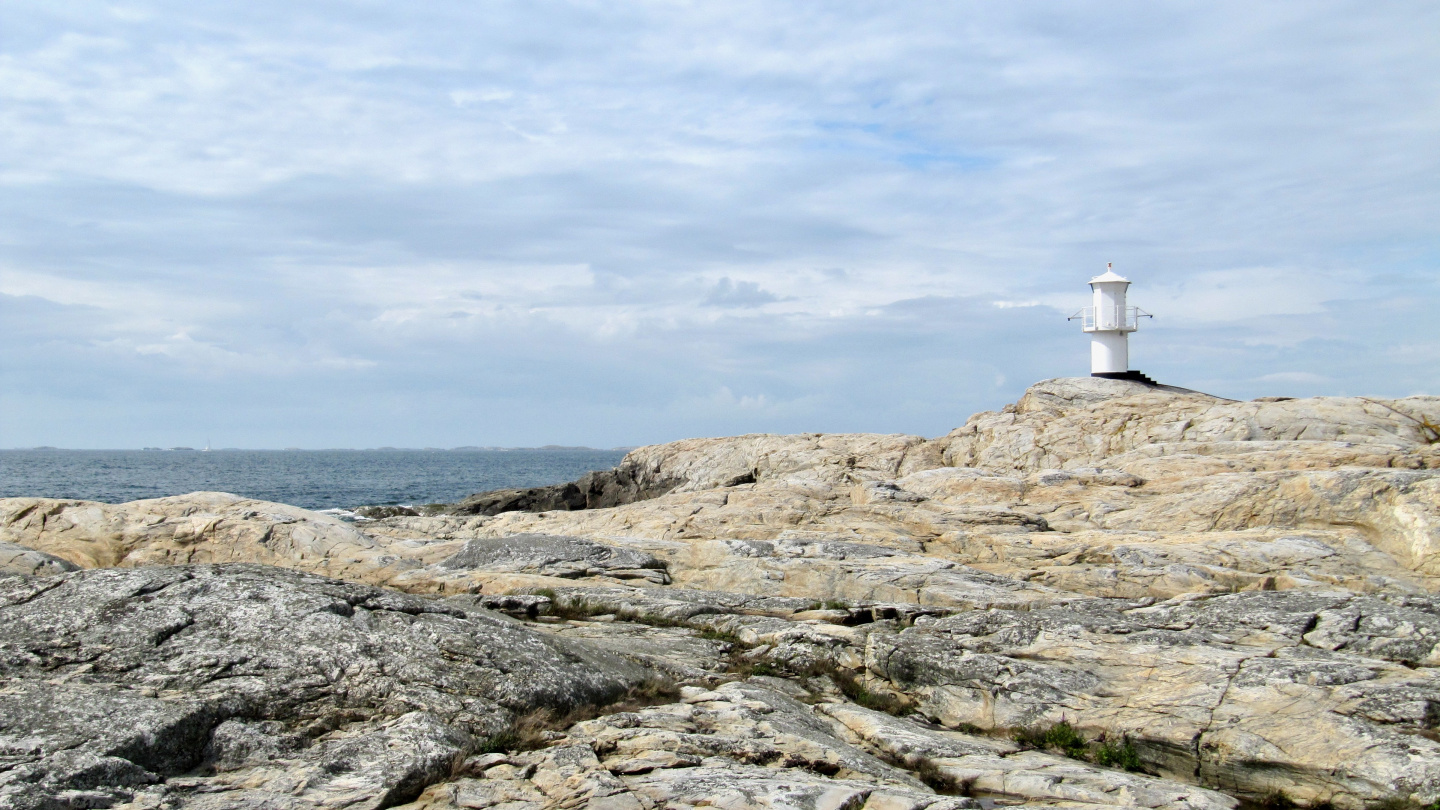
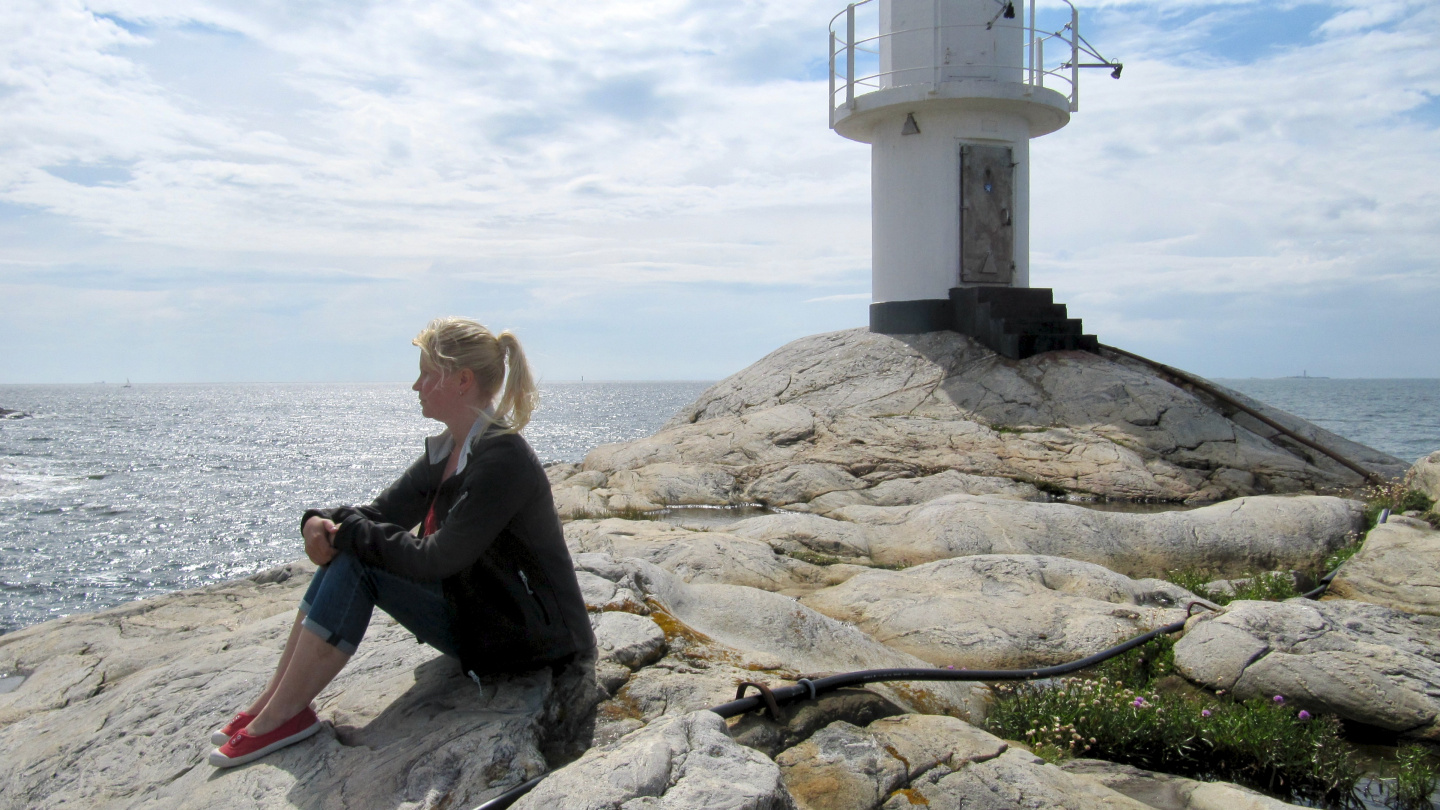
The trails go across and around Marstrand. Now and then there are benches for admiring the view and taking a rest. The island downright invites for a picnic and to spend lovely day in nature.
We also went to climb up the stone age caves. In these caves people from the 18th century took shelter when Danish and Norwegian attacked the country. There are quite a lot of forest on the island. St. Erik park’s trees were exciting because the forest is between the rock hills. The tops of the trees are at a level with the top of the hills and curved in various ways. It seems even the trees know how to take a shelter from the gales of the sea.
The visit to Marstrand was unforgettable. Every day we had something different to do. It featured nature trails, sights, restaurants and small boutiques. And the most important of all things the relaxed atmosphere at the docks. It was a great place to celebrate the Midsummer.

